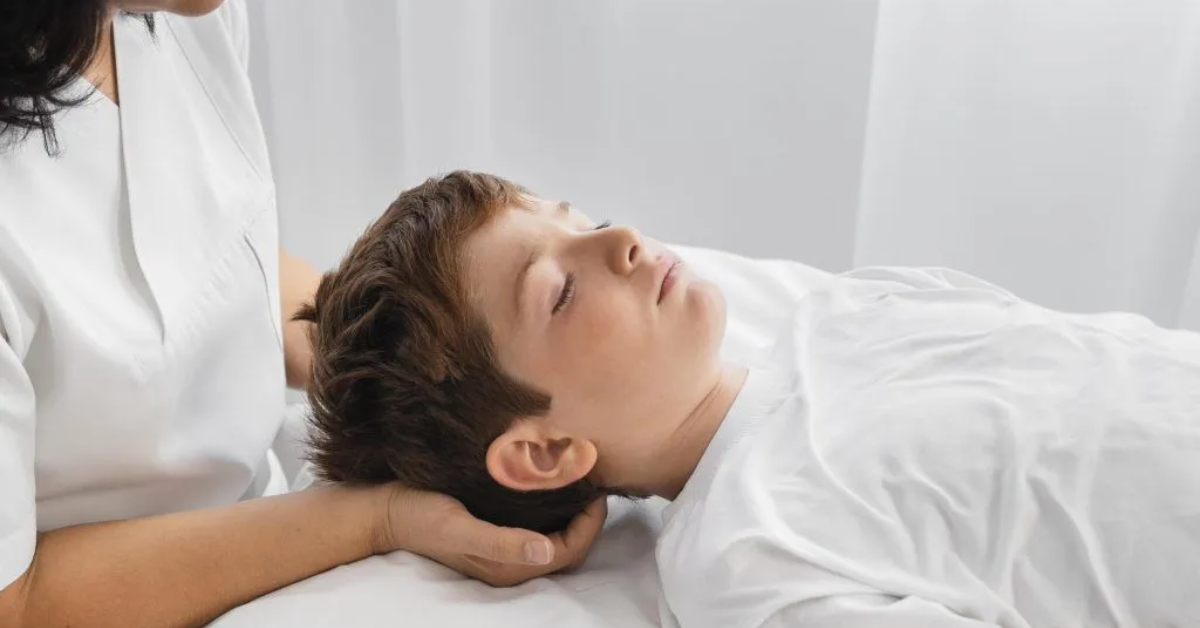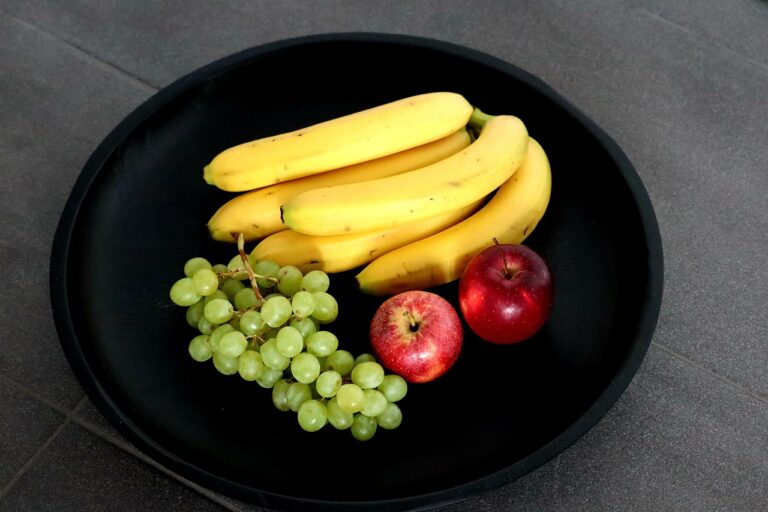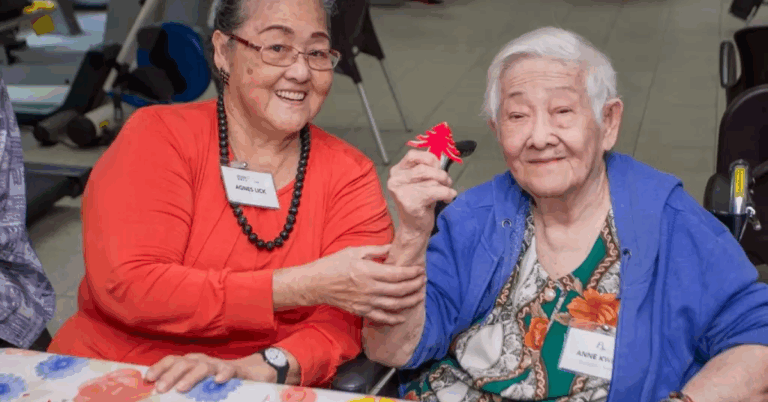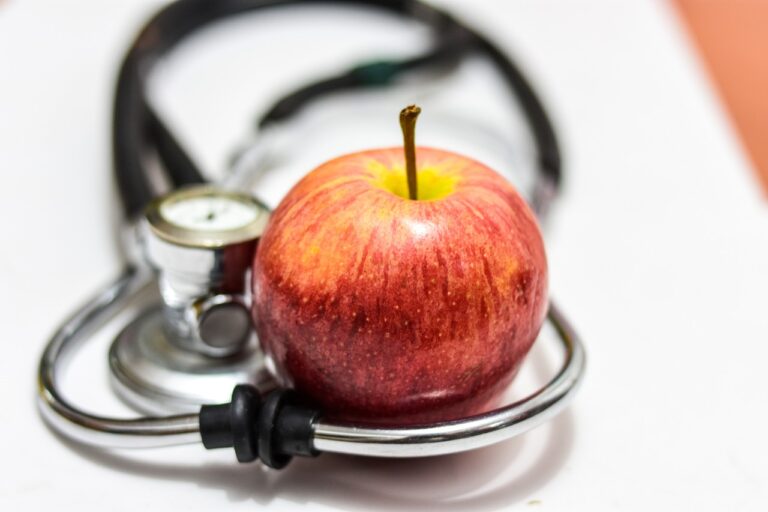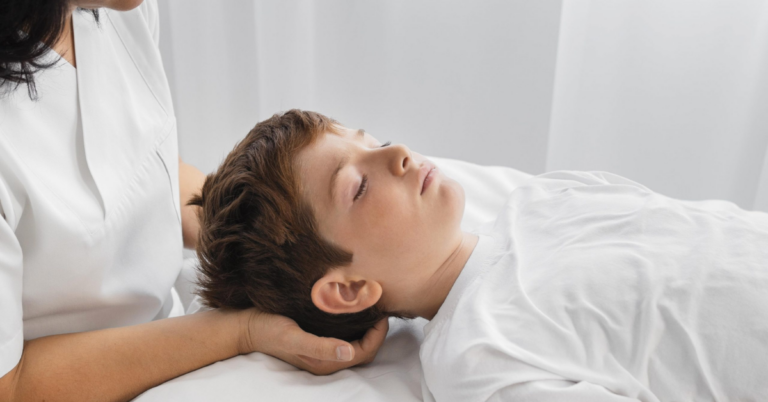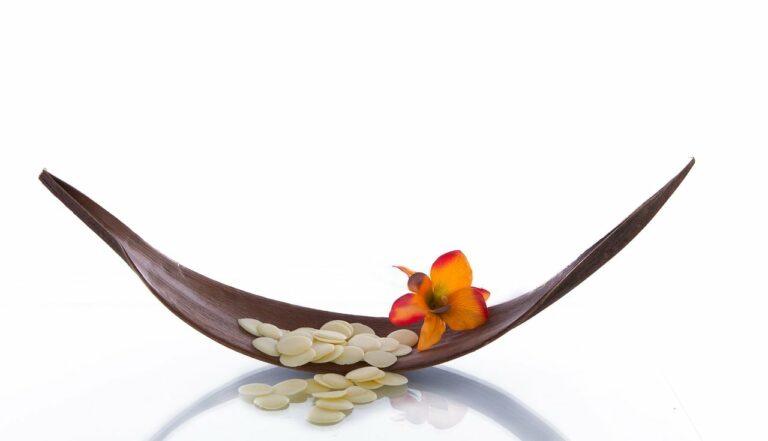The Gentle Power of TCM Paediatric Massage: Nurturing Health from the Inside Out
In the realm of holistic wellness for children, TCM Paediatric Massage (often referred to as “Tuina for kids” or pediatric tuina) shines as a gentle, time-honored approach. Rooted in Traditional Chinese Medicine (TCM), this form of massage tailors techniques for young bodies to stimulate Qi (vital energy), balance the organ systems, aid digestion, boost immunity, and foster overall growth and development. By using soft strokes, acupressure points, and subtle manipulations, practitioners help restore harmony in a child’s body without the invasiveness of medicines or aggressive therapies.
Origins and Philosophical Foundation
TCM paediatric massage draws from centuries of tradition in Chinese medicine, where the human body is viewed as an intricately linked system of energy meridians, organs, and interdependent forces (Yin and Yang). From the classical texts to folk practices, healers observed how gentle pressure or movement along certain lines could influence a child’s wellbeing.
The underlying philosophy is that illness in children often arises from imbalances in the body’s Qi flow, disharmony between internal organs, or external environmental factors (such as “wind,” dampness, cold, etc.). Because children’s bodies are still developing and more sensitive than adult bodies, the techniques used are adapted, gentler, and more precautionary. By guiding the flow of Qi and removing blockages, TCM paediatric massage works to restore balance before ailments become more severe.
How TCM Paediatric Massage Works
1. Energy Channels and Acupoint Stimulation
Much like acupuncture, TCM massage for children uses the concept of meridians—pathways along which Qi moves. However, instead of needles, therapists use hands, fingers, palms, and sometimes light tapping or rubbing to stimulate acupoints (specific points along meridians) that influence internal organs or systems.
For instance, pressing along meridians associated with the lungs or spleen may help with respiratory or digestive issues. The stimulation is mild, often just enough to “awaken” the point and nudge Qi flow without causing discomfort.
2. Dispelling Pathogenic Factors
In TCM theory, external factors like wind, cold, dampness, or heat can invade the body and upset balance. For children, common ailments such as colds, coughs, diarrhea, or fever might be viewed in these terms.
With paediatric massage, therapists may employ techniques aimed at dispelling these external pathogens by “opening” surface meridians, light percussive movements, or “smoothing out” stagnation. These are done gently, ensuring the child’s constitution is not overstressed.
3. Balancing Internal Organ Systems
Children with digestive problems, weakened immunity, poor appetite, or frequent illnesses may have disharmonies involving the spleen, stomach, lung, or kidney systems (according to TCM). Massage techniques are targeted to tonify weak organs (strengthen) or regulate overactive ones (harmonize), using methods tailored to the child’s age and condition.
4. Promoting Blood & Qi Circulation
Just as circulation is critical in conventional physiology, in TCM the smoother movement of Qi and blood is essential to health. Gentle kneading, stroking, or “rolling” maneuvers help to relieve stagnation, reduce tension, and improve overall flow.
Benefits of TCM Paediatric Massage
When practiced by trained professionals, TCM paediatric massage offers a wide spectrum of potential benefits for children. Some of the most cited advantages include:
-
Improved digestion and appetite: Many children respond favorably when massage is used to support spleen and stomach meridians, encouraging better food intake and reducing bloating or gas.
-
Stronger immunity: By promoting healthy Qi circulation and removing obstructions, the body may better resist infections, colds, or respiratory ailments.
-
Better sleep and emotional balance: Gentle massage helps calm the nervous system, reduce restlessness, and support sound sleep—an essential aspect of growth.
-
Support during mild illnesses: In early stages of coughs, colds, or fevers, massage can be combined with herbs or proper rest to help relieve symptoms without aggressive intervention.
-
Relief from common pediatric conditions: Issues such as digestive disturbances, colic, childhood constipation, allergies, or frequent colds may be addressed in a supportive, non-invasive way.
-
Developmental harmony: For children with imbalances in body structure, posture, or mild musculoskeletal tensions, tailored techniques help maintain flexibility and alignment.
Moreover, since the method is non-pharmacological and generally gentle, it aligns well with parents’ desires for safer, more natural support of their children’s health.
Typical Techniques and Modalities
While many techniques exist, here are a few commonly used methods in TCM paediatric massage:
-
Push and Press (Tui An): Light to moderate pressure along meridians or over acupoints, using thumb, finger, or palm.
-
Kneading (Rou Fa): Soft circular movements over muscle or organ-related regions—especially over the abdomen to assist digestion.
-
Rubbing/Wiping (Mo Fa): Gentle stroking along the meridian lines to warm, relax, and open channels.
-
Percussion (Pai Fa): Very light tapping or patting, especially along the spine or back, to stimulate immune-related meridians.
-
Rolling (Gun Fa): With the sides of the hands, gently rolling over areas to soothe tension or promote flow.
-
Joint Manipulation (An Fa): Subtle mobilization of the limbs or joints, always within comfortable limits, to help energy circulation.
Therapists adapt the intensity, duration, and technique based on the child’s age, constitution, and current health status. For infants, even the gentlest strokings and warmth-motivated touches are sufficient, while older children might tolerate slightly firmer but still careful manipulations.
Safety and Precautions
While TCM paediatric massage is generally considered safe when done by competent practitioners, some caveats are important:
-
Qualified Practitioner: Always seek a trained TCM pediatric massage therapist who understands child physiology and proper techniques. Improper force or incorrect point stimulation can cause discomfort or unintended effects.
-
Contraindications: Avoid massage in areas with open wounds, rashes, acute infections, skin inflammations, or fever above a certain threshold. Deep pressure should never be used on young children indiscriminately.
-
Comfort & Consent: The child’s comfort is paramount. If there’s pain, crying, or obvious distress, the therapist should ease or stop the technique.
-
Complementary, Not Replacement: This massaging approach supports health, but does not replace conventional medical care when needed. For serious conditions, always consult a medical professional.
-
Clean Hands & Environment: Ensuring hygienic conditions is essential, especially in children prone to infections.
-
Individual Differences: Just as with adults, children vary in how they respond. Practitioners must be flexible, observant, and responsive to each child’s signals.
Typical Session Flow
A standard treatment session may follow a format something like this:
-
Initial Assessment
The therapist begins by conversing with the parent about the child’s health history, eating habits, sleep patterns, and current symptoms. -
Warm-Up
Gentle stroking (e.g., along the spine, limbs) to relax muscles and begin Qi circulation. -
Targeted Techniques
The therapist applies specific strokes over meridians/acupoints relevant to the child’s condition (e.g., digestive meridians for stomach issues, lung meridians for respiratory problems). -
Abdominal or Back Work
The abdomen or back may receive light kneading or pressing to aid digestion, eliminate stagnation, or boost immunity. -
Closing / Soothing Moves
Gentle calming strokes help settle the child, balance energy, and transition toward conclusion. -
Advice & Follow-up
The therapist may offer dietary, lifestyle, or behavioral suggestions aligned with TCM principles (e.g., foods to support spleen function, avoiding cold drinks, etc.). A follow-up schedule or evaluation may be planned.
The session typically lasts from 15 to 30 minutes, depending on the child’s age and tolerance, though it may be extended in certain cases.
Case Examples & Anecdotal Outcomes
In practice, many parents report positive outcomes after TCM paediatric massage interventions. Some common anecdotal reports include:
-
A previously fussy baby begins to sleep more soundly after a series of abdominal massages aimed at relieving colic.
-
A child with a weak appetite gradually shows better interest in meals following regular sessions targeting spleen meridians.
-
Recurring mild colds seem less frequent, possibly because improved Qi circulation supports defense against external pathogens.
-
Children with mild digestive discomfort (e.g., constipation, gas) respond with noticeable reduction in symptoms.
-
Emotional balance: kids appearing tense or irritable show improved calmness and mood after gentle massage sessions.
While these stories are promising, they should be understood as complementary to, not substitutes for, proper medical assessment and care.
Integrating TCM Paediatric Massage into Daily Life
Parents curious about integrating some of these benefits at home (in between professional sessions) may consider the following guidelines:
-
Learn safe techniques: Under guidance from a trained therapist, parents can safely be shown a few very gentle strokes or rubs for common issues (e.g., light abdominal rubs for digestion).
-
Routine timing: Gentle massage during relaxed times such as before bedtime can help calm children and reinforce a sense of care.
-
Combine with healthy lifestyle: Nutrition aligned with TCM principles (warm foods, minimal cold/raw items), ample sleep, moderate physical play, and shielding from sudden temperature changes all help support what massage achieves.
-
Observation and adjustment: Parents should always heed the child’s comfort, stopping techniques if they cause distress or discomfort.
Criticisms, Evidence, and Scientific Views
As with many traditional modalities, TCM paediatric massage faces both advocates and skeptics. From a conventional medical view, some points to consider:
-
Limited large-scale clinical trials: While there are studies showing benefits in digestive function, respiratory health, or behavior, the volume of high-quality randomized controlled trials remains modest.
-
Placebo / expectation effects: Some effects may derive from parental attention, comforting touch, or the therapeutic environment rather than the specific meridian concepts.
-
Integration with mainstream care: TCM massage is often best seen as complementary able to support but not wholly replace vaccinations, standard pediatric checkups, or medical interventions when serious conditions are present.
-
Safety standards vary: Because training and regulation differ in different regions, the competence of practitioners may vary—underscoring the need to choose reliable, accredited providers.
Nonetheless, the gentle, low-risk nature of pediatric massage makes it an appealing option for many parents seeking supportive, non-invasive ways to nurture health in their children.
Choosing a Practitioner and Program
If you’re considering TCM paediatric massage for your child, here’s a checklist to help select a good practitioner:
-
Proper credentials: The therapist should be trained in pediatric tuina or TCM paediatric techniques, ideally certified or recognized by a regulatory body.
-
Experience with children: Working with children is very different from adults—sensitivity, patience, and adaptability matter immensely.
-
Child-friendly approach: The environment should be welcoming to children, with respectful handling, clear communication, and continuous consent.
-
Flexible techniques: The practitioner should tailor pressure, technique, and session length according to each child’s age, temperament, and condition.
-
Holistic consultation: Ideally the therapist will discuss lifestyle, diet, and natural preventive strategies in line with TCM principles—not only the massage itself.
-
Feedback & follow-up: A good practitioner monitors progress, adjusts the regimen, and invites parental input and observation.
Conclusion: A Holistic Pathway to Nurturing Children
TCM paediatric massage is a time-honored, gentle therapy grounded in traditional Chinese medicine principles, designed expressly for children. By working with energy channels, acupoints, and the body’s inherent self-healing processes, it aims to promote digestion, immunity, emotional balance, and overall vital harmony. Though not a replacement for conventional medical care, when delivered by skilled practitioners it offers a soft, supportive pathway to nurturing children’s health and resolving mild imbalances.
As with all therapeutic choices for kids, caution, sensible expectations, and integration with broader wellness practices are key. When used wisely and compassionately, TCM paediatric massage may become a cherished part of a child’s journey toward holistic health.

